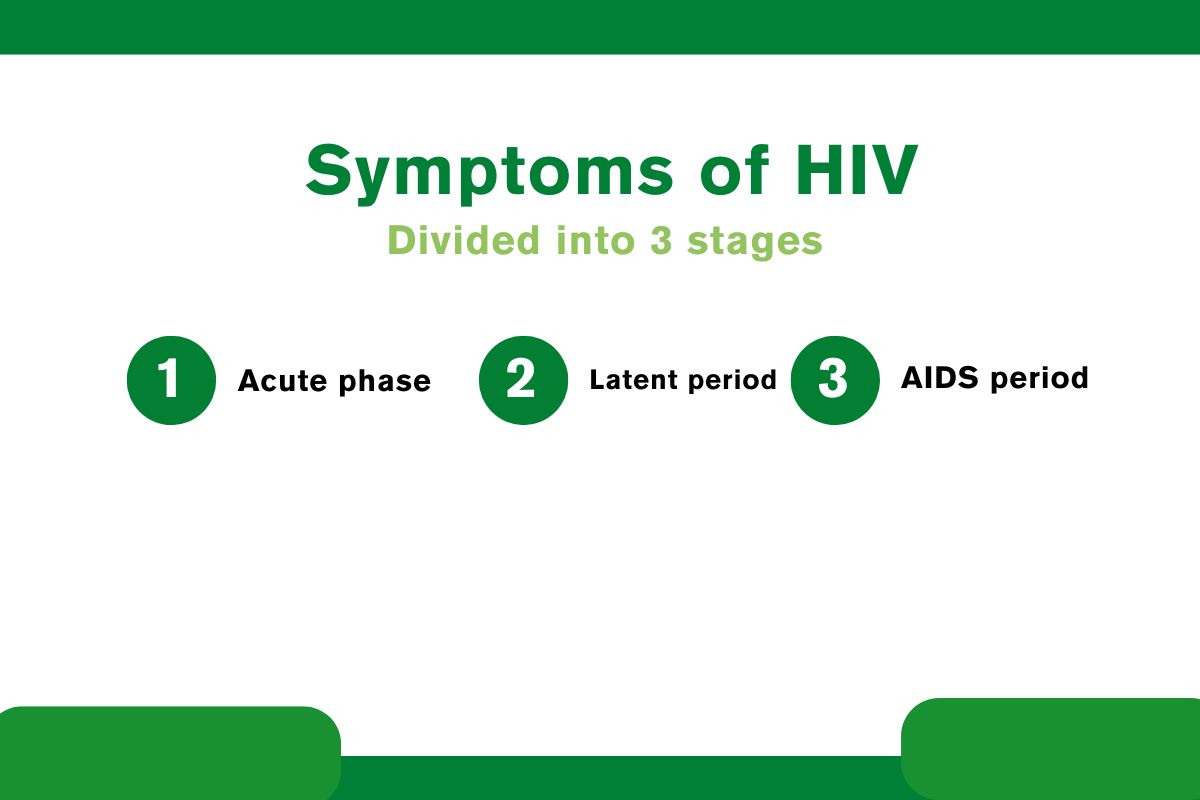In the early stages of HIV infection, most individuals show no symptoms. However, some may experience a sore throat, fever, swollen lymph nodes, or a rash on the body. These symptoms, resembling a flu-like illness, typically appear about one to four weeks after exposure to the virus, marking the initial stage of infection. These symptoms usually subside after about a week.
Despite the absence of symptoms, the virus continues to weaken the immune system. In the following months, the virus spreads further, and the viral load increases significantly, emphasizing the importance of timely medical intervention and treatment.
What is HIV?
HIV (Human Immunodeficiency Virus) is a virus that attacks the immune system, weakening the body and making it more susceptible to infections. HIV is primarily transmitted through four main routes:
- Unprotected sexual intercourse
- Sharing needles or syringes for drug use
- Receiving blood or blood products from an HIV-infected individual
- Mother-to-child transmission during pregnancy, childbirth, or breastfeeding
Symptoms of HIV are divided into 3 stages.

Symptoms of Acute HIV Infection
The first stage of HIV infection is the asymptomatic phase, which occurs shortly after the virus enters the body. During this stage, the infected individual shows no noticeable symptoms and appears to be in good health, much like any healthy person. However, there may be minor illnesses occasionally.
On average, this stage lasts about 7–8 years before progressing to the next stage, though some individuals may remain symptom-free for up to 10 years. This prolonged asymptomatic period often leads to unintentional transmission of the virus, as most people are unaware they are infected.
Symptoms of Asymptomatic HIV Infection
Symptoms of HIV, Full Blown AIDS or AIDS stage
During this stage, the immune system is severely compromised, making the body highly susceptible to “opportunistic infections,” which vary depending on the type of infection and the area of the body affected. For example, tuberculosis in the lungs may cause chronic fever and coughing up blood, while cryptococcal meningitis can lead to severe headaches, neck stiffness, and nausea or vomiting.
If the infection affects the nervous system, AIDS-related neurological conditions may result in memory loss, depression, and muscle weakness. Once AIDS reaches this advanced stage, individuals typically have a life expectancy of only 1 to 2 years.
